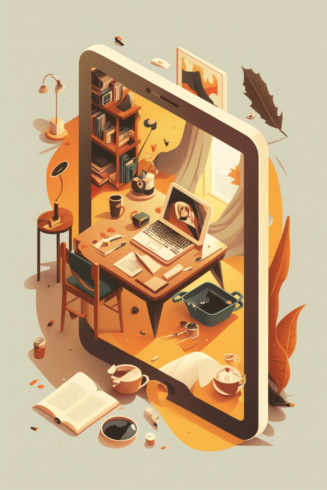
User Experience (UX) Design is the process of designing the user interface and overall experience of a product or service, with the goal of making it as intuitive, user-friendly, and engaging as possible. In the gaming industry, UX design plays a critical role in creating a compelling gaming experience that draws players in and keeps them engaged.
UX design in gaming involves considering a wide range of factors, including the game mechanics, controls, graphics, sound effects, and overall narrative. The UX designer works closely with game developers to ensure that the game’s interface and controls are easy to understand and use, while also creating a sense of immersion and engagement for the player.
One of the most critical aspects of UX design in gaming is ensuring that the game is accessible to all players, regardless of their skill level or prior gaming experience. UX designers must consider the needs of both new and experienced players and design the game accordingly, with tutorials, help sections, and easy-to-use controls.
Moreover, UX design in gaming also involves creating an emotional connection between the player and the game, such as through a compelling story, engaging characters, or stunning visuals. UX designers must understand the psychological factors that drive player engagement and design the game accordingly to keep players coming back for more.
In summary, UX design in gaming is all about creating a user-friendly and immersive gaming experience that draws players in and keeps them engaged. UX designers must possess a deep understanding of player psychology, game mechanics, and emerging technologies to succeed in this dynamic and ever-changing industry.
Responsibilities of a UX Designer:
- Conducting user research and testing to understand user needs, preferences, and behaviors
- Creating user personas and user journeys to guide the design process
- Collaborating with designers, developers, and stakeholders to create the overall user experience of a product or service
- Creating wireframes, prototypes, and mockups to visualize and test design concepts
- Conducting usability testing to evaluate the effectiveness of the design and identify areas for improvement
- Ensuring the design is accessible to all users, including those with disabilities or limited technological proficiency
- Staying up-to-date with emerging trends and technologies to continuously improve the user experience
Skills developed as UX Designer:
- Strong problem-solving skills to identify and solve user experience challenges
- Excellent communication and interpersonal skills to collaborate with team members and stakeholders
- Knowledge of user research methods and techniques to conduct effective user research
- Proficiency in design tools such as Sketch, Figma, or Adobe Creative Suite
- Understanding of usability principles and best practices to create intuitive and user-friendly designs
- Ability to think creatively and innovatively to create engaging and memorable user experiences.